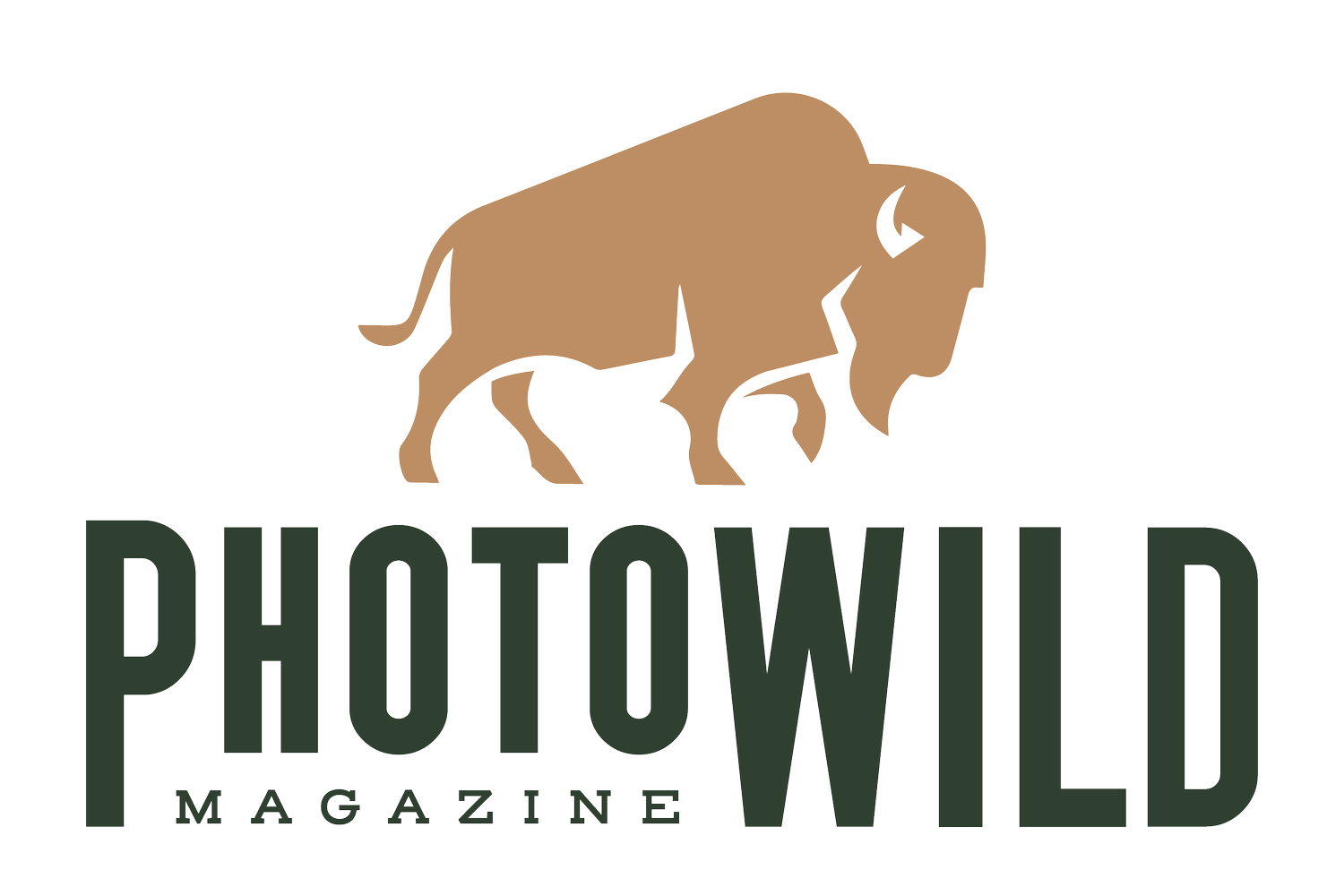Episode 24: Lessons from Predators: The art of concealment
Listen to the show
Camouflage is a strategic tool that can be used by wildlife photographers to increase their success in the field
Understanding how and when to use camouflage first requires an understanding of how our subjects see and experience the world around them
Most camo patters available are useless for wildlife photographers
There are two key types of camo that are of interest to wildlife photographers
Wildlife photographers interested in using camouflage should look toward predators and how they use the art of concealment
In season one of the PhotoWILD Podcast, we talked about how we prefer not to use camouflage in the field, relying instead upon our body language and behavior to help keep animals calm. However, there are times in which camouflage is a necessity in wildlife photography. Whether it’s working with animals that experience hunting pressure or photographing sensitive situations such as nests and dens that require the upmost stealth and concealment for the protection of the animals, camo is a tool that should be used strategically.
Not all camouflage is created equally, however. Most of it is completely useless for wildlife photographers. The vast majority of mass marketed camouflage works only inside of one extremely specific situation. Outside of this scenario, it works against you.
In this episode we take a look at the art of concealment, how predators make a living by staying hidden from prey and how wildlife photographers can emulate the tactics of predators to get closer to wildlife.
But to understand how and when to use camouflage first requires an understanding of how our subjects experience the world. Humans are unique in how we see the world around us. Very few animals see what we see. And to assume that what looks “good” to us will offer concealment from other animals is a recipe for failure in the field.
Want to learn more?
Episode 10: A Floating What?
Floating blinds will revolutionize your bird photography. In this episode, Jared and Annalise discuss how they use these tools in the field and the differences between the two most popular floating blinds on the market today.
The Importance of Color: Lessons from Hummingbirds
Hummingbirds are the most colorful animals in the world. But bright colors in the wild can be a fast track to finding yourself in someone else’s stomach. That is, unless you can display it only on demand.
Of Bears and Oaks
Want to find and photograph black bears in the fall? Acorns are the key to success. But not all acorns are created equally.





